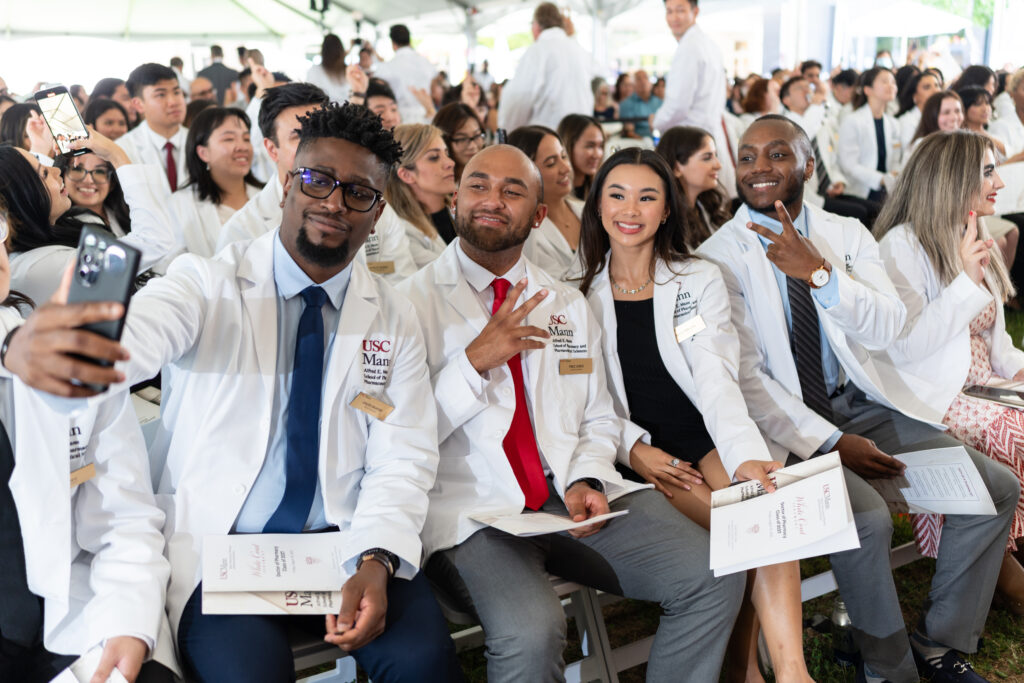
In the realm of medicine, the white coat stands as a beacon of professionalism, compassion, and dedication to patient care. Emblazoned with the purity of its pristine hue, it signifies a profound commitment to the healing arts, a promise to uphold the ethical principles that guide medical practice. And at the heart of this sacred symbol lies the white coat ceremony, a momentous occasion that marks the transition of medical students into the esteemed ranks of the medical profession.
1. Introduction: A Cloak of Dignity and Responsibility
The white coat ceremony is not merely a symbolic gesture; it is a profound rite of passage that instills a deep sense of responsibility and professionalism within medical students. As they don the mantle of this revered garment, they are reminded of the unwavering commitment they have made to the well-being of their patients and to the ethical principles that underpin the medical profession.
2. A Journey Through Time: The Origins of the White Coat Ceremony
The origins of the white coat ceremony can be traced back to the early 20th century, when a shift in medical education emphasized the importance of clinical practice and patient interaction. In 1924, the University of Vienna, under the leadership of Dr. Ernst W. Gasser, then is credited with hosting the first official white coat ceremony. This momentous occasion marked a turning point in medical education, as it symbolized the transition from the theoretical world of the classroom to the hands-on reality of patient care.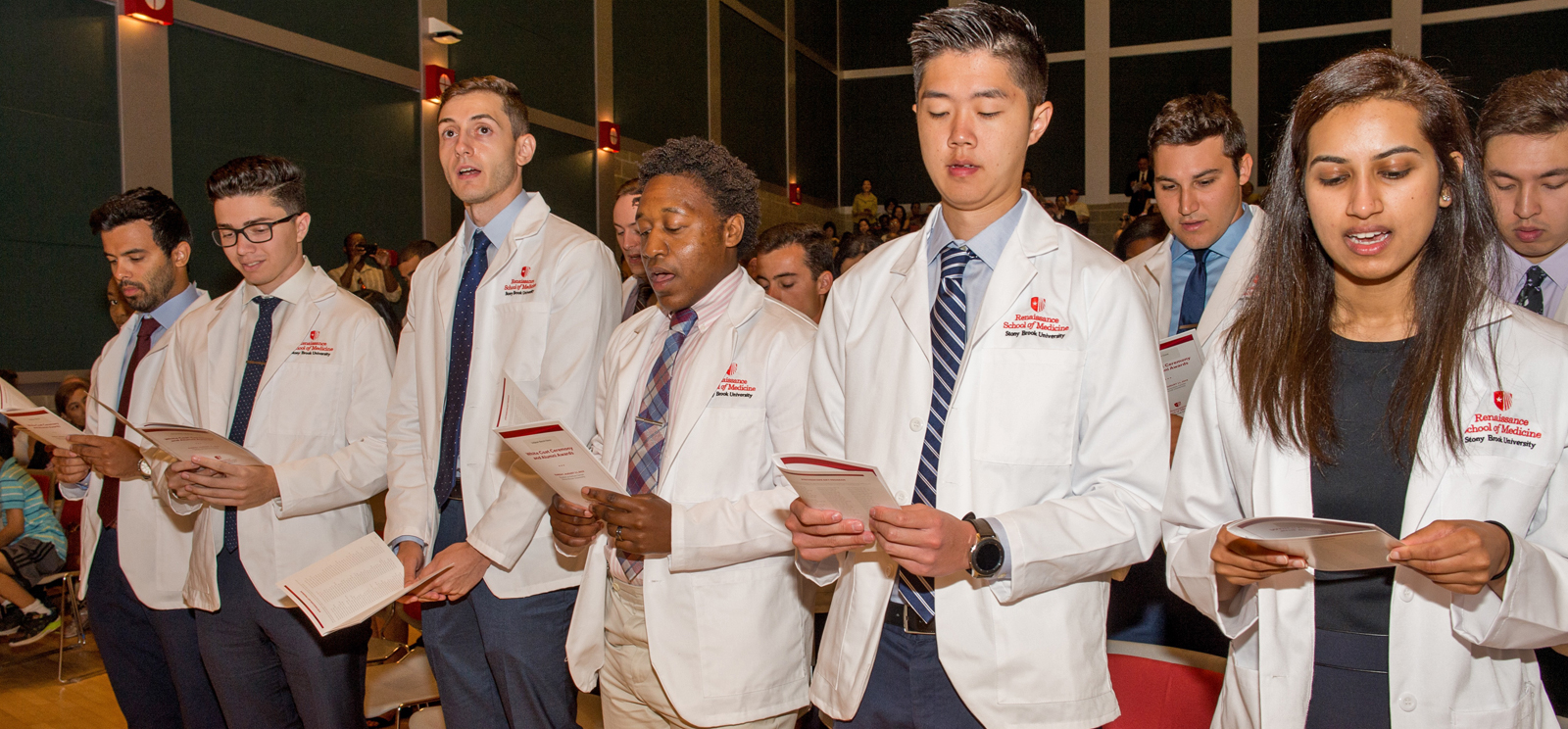
3. The White Coat: A Symbol of Purity, Professionalism, and Compassion
The white coat has long been associated with purity, cleanliness, and a commitment to scientific rigor. It represents the medical profession’s dedication to providing unbiased, evidence-based care, free from personal biases or external influences. Beyond its scientific connotations, the white coat also embodies compassion, empathy, and a deep respect for human life. It serves as a constant reminder of the sacred bond between physician and patient, a bond built on trust, understanding, and then a shared commitment to healing.
4. The Essence of the White Coat Ceremony: A Tapestry of Tradition and Inspiration
The white coat ceremony typically follows a structured format, each element contributing to the profound significance of this rite of passage. The ceremony often commences with a welcoming address, setting the stage for a keynote address delivered by a respected medical professional. This address serves as a source of inspiration, then imparting wisdom and guidance to the incoming cohort of medical students.
5. A Mantle of Responsibility: Donning the White Coat
The pinnacle of the white coat ceremony arrives with the presentation of white coats to the students. As each student receives this treasured garment, a tangible connection is forged between them and the medical profession. The weight of the white coat, then both literal and symbolic, serves as a constant reminder of the immense responsibility they now bear.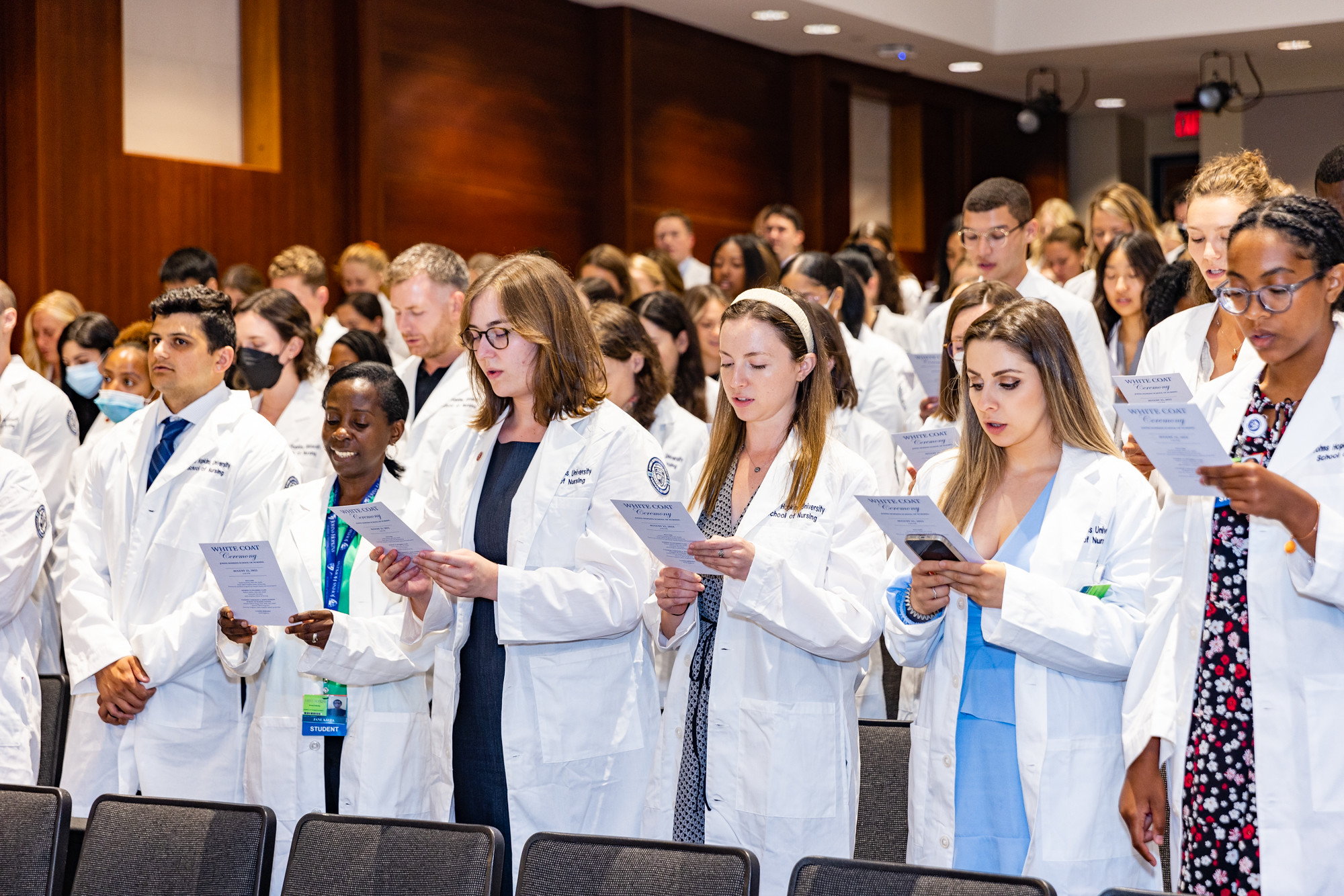
6. A Pledge of Dedication: Reciting the Oath or Pledge
With the white coat donned, medical students often recite an oath or pledge, reaffirming their commitment to the ethical principles and values that guide the medical profession. These oaths, often rooted in the Hippocratic Oath, serve as a moral compass, then reminding students of their duty to uphold the highest standards of care and to treat their patients with compassion and respect.
7. A Beacon of Hope for Patients: The Impact of the White Coat
The white coat ceremony holds immense significance not only for medical students but also for the patients they will serve. The sight of a physician clad in white instills a sense of trust, confidence, and then reassurance in patients. It represents the expertise, dedication, and then compassion they can expect from their healthcare providers.
8. Beyond the Ceremony: Upholding Professionalism Throughout a Medical Career
The white coat ceremony is not merely a symbolic event; it marks the beginning of a lifelong journey of professional and then ethical development for medical students. As they progress through their training and embark on their careers, then the values instilled during the ceremony must continue to guide their actions and decisions.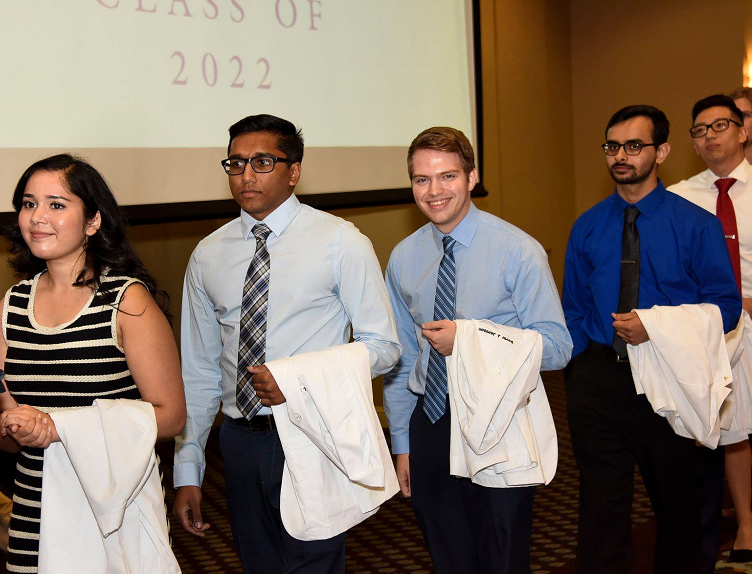
9. Criticisms and Considerations: Addressing Concerns and Fostering Dialogue
The white coat ceremony has not been without its critics. Some argue that it can create a sense of hierarchy or elitism within the medical profession, then placing undue emphasis on status and authority. Others express concern about the financial burden of purchasing white coats. These criticisms should be acknowledged and addressed through open dialogue and thoughtful consideration of different perspectives.
10. Conclusion: A Rite of Passage and a Symbol of Dedication
The white coat ceremony stands as a cherished rite of passage within the medical profession, then marking the transition of aspiring physicians into the ranks of those dedicated to healing and patient care. The white coat, a symbol of purity, professionalism, and then compassion, serves as a constant reminder of the immense responsibility and privilege they bear.
It is a testament to their unwavering commitment to upholding the ethical principles that guide the medical profession, ensuring that the pursuit of healing remains grounded in compassion and then a dedication to serving the needs of their patients. As medical students embark on their journey, the white coat ceremony serves as a source of inspiration, a wellspring of knowledge, and then a reminder of the profound responsibility they now hold. It is a stepping stone onto a path paved with challenges and triumphs, a journey of continuous learning and unwavering commitment to the betterment of human health.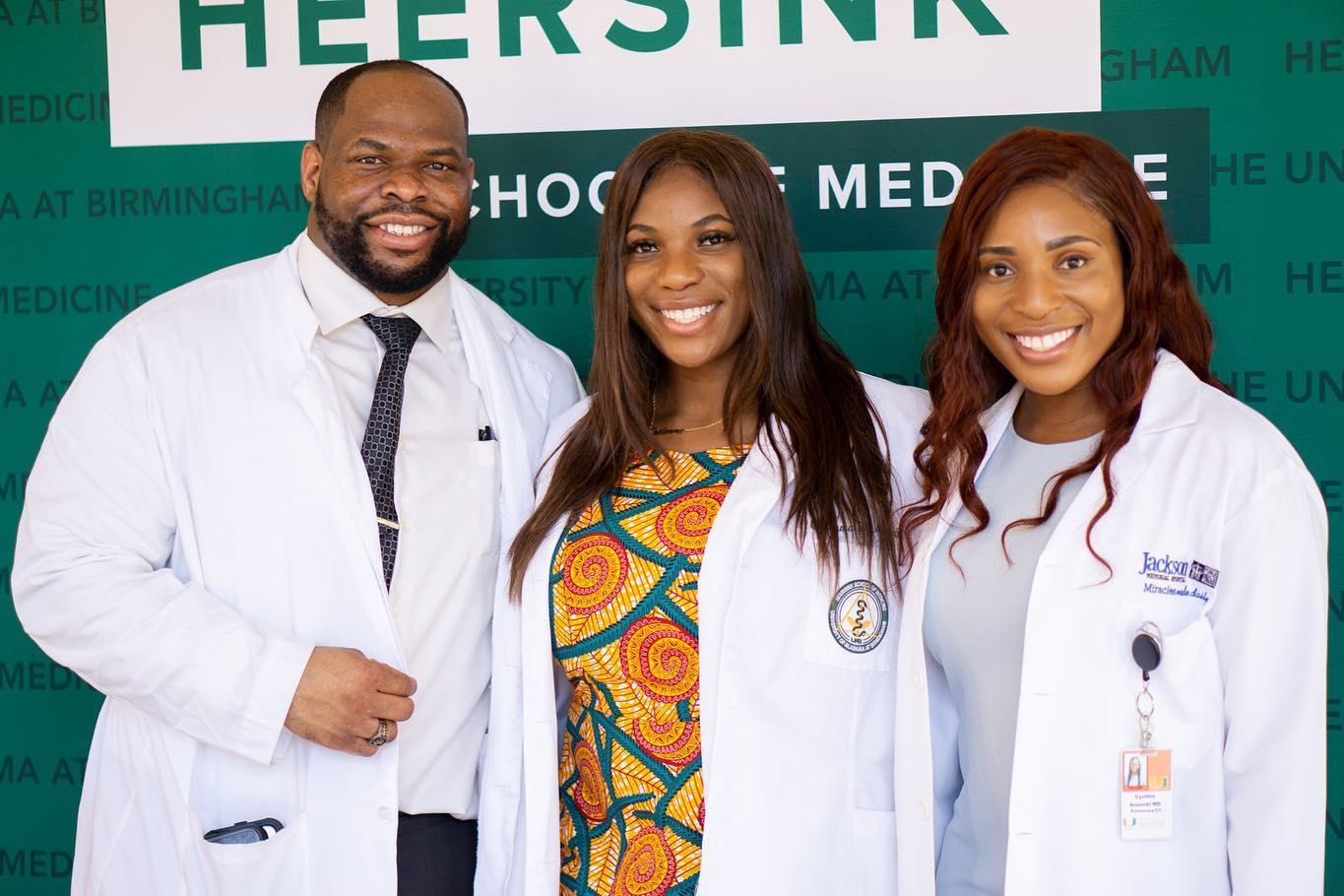
11. Additional Resources: A Gateway to Further Exploration
For those seeking to delve deeper into the world of the white coat ceremony and its significance, a wealth of resources awaits:
- Links to articles and websites: Explore articles and websites that delve into the history and symbolism of the white coat ceremony, providing a deeper understanding of its evolution and significance.
- Examples of white coat ceremony speeches and oaths: Gain valuable insights by reading through examples of white coat ceremony speeches and oaths, witnessing firsthand the words of inspiration and guidance shared during these momentous occasions.
- Information on medical student professionalism and ethics: Familiarize yourself with the ethical principles and professional standards that guide physicians. By understanding these guidelines, medical students can ensure that their actions throughout their careers are informed by integrity and then a commitment to the well-being of their patients.
The white coat ceremony is a powerful symbol of dedication, a shared experience that unites medical students across generations. It is a pivotal moment that marks the start of a lifelong journey toward becoming a healer, a journey fueled by knowledge, compassion, and a deep respect for the sanctity of human life.

